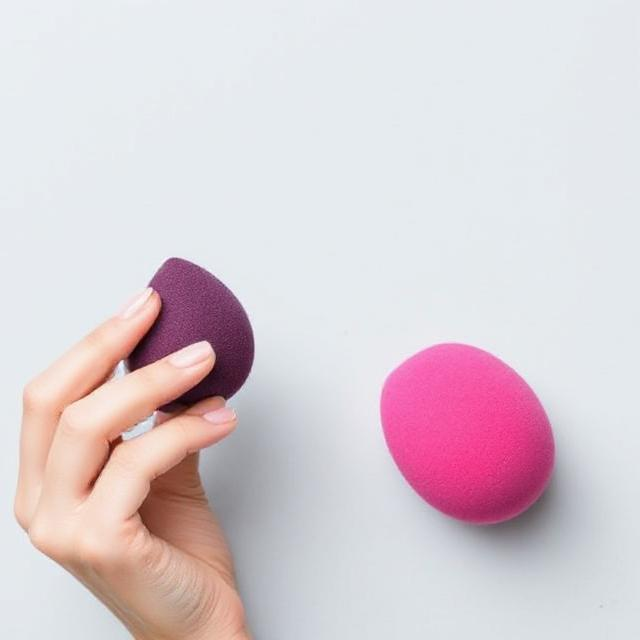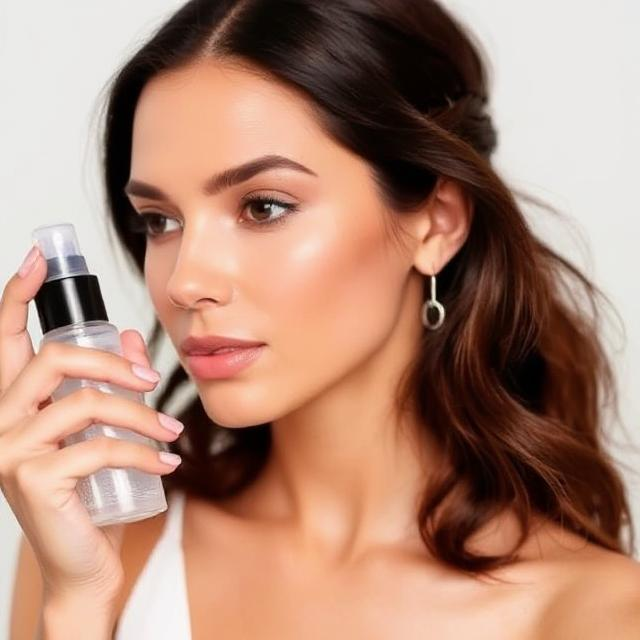When it comes to achieving a flawless complexion, the foundation is key. The right foundation not only evens out your skin tone but also enhances your natural beauty. However, finding the perfect foundation and applying it correctly depends on your skin type. Different skin types – whether oily, dry, combination, or sensitive – require different strategies to ensure your foundation looks smooth and stays in place throughout the day. In this guide, we’ll cover 12 essential makeup tips for every skin type, so you can create a flawless base that lasts.
1. Choose the Right Formula for Your Skin Type
The first step in achieving a flawless foundation is choosing the right formula for your skin type. If you have dry skin, opt for hydrating or dewy foundations that add moisture and help smooth out dry patches. For oily skin, matte or oil-free foundations are a better option, as they help control shine and keep the skin looking fresh. If you have combination skin, look for a foundation that balances both dry and oily areas, such as a semi-matte formula. Sensitive skin will benefit from foundations that are fragrance-free and non-comedogenic to avoid irritation.Always test the foundation on your jawline or wrist to ensure it matches your skin tone and texture.

2. Prep Your Skin Before Foundation
No matter your skin type, prepping your skin is crucial to achieving a smooth, flawless finish. Start by cleansing your skin with a gentle cleanser to remove any impurities or oils. Follow up with a moisturizer suitable for your skin type to keep your skin hydrated. If you have oily skin, choose a lightweight, oil-free moisturizer. For dry skin, go for a richer, more hydrating formula. Don’t forget sunscreen! A broad-spectrum SPF is essential for protecting your skin and creating a smooth canvas for foundation.Use a primer that suits your skin type. A pore-filling primer for oily skin or a hydrating primer for dry skin can make a significant difference in how your foundation looks and lasts.

3. Use a Makeup Sponge for Seamless Coverage
To apply foundation smoothly, consider using a damp makeup sponge. The sponge helps blend foundation into the skin for a flawless finish. It also helps to avoid streaks or visible brush strokes, creating a more natural look. When applying foundation, gently bounce the sponge onto your skin to build coverage gradually. For a light, sheer finish, use the sponge with a light hand, while for more coverage, layer the product slowly. Always dampen the sponge before use – this prevents the sponge from absorbing too much product and ensures better blending.

4. Find Your Perfect Shade
One of the biggest mistakes people make when choosing foundation is picking a shade that’s too light or too dark for their skin tone. To find your perfect match, test a few shades along your jawline and blend them in. The foundation should seamlessly blend into your skin without leaving noticeable lines. Remember, your foundation should match your skin tone, not your neck or chest. If your skin has warm, cool, or neutral undertones, choose a foundation that complements your natural undertones.Always test the foundation in natural light to ensure it matches your skin perfectly.

5. Layer for Buildable Coverage
When applying foundation, don’t aim for full coverage all at once. Instead, start with a light layer and build coverage where needed. If you have areas of redness or blemishes, layer more foundation on those spots, but leave the rest of your face with a lighter application. This will create a more natural, skin-like finish. Using a sheer foundation or tinted moisturizer can give you a fresh look while still covering imperfections.Apply foundation with a light hand and build it up slowly – it’s easier to add more than to remove excess product.

6. Set with Powder to Lock in Your Foundation
No matter your skin type, setting your foundation is key to making sure it stays in place all day. A translucent setting powder can help lock in your foundation, prevent it from sliding off your skin, and eliminate shine. For oily skin, setting powder is essential to mattify the T-zone. For dry skin, apply powder sparingly and only on areas that tend to get oily, like the T-zone, to avoid making your skin look cakey. Use a fluffy brush to lightly dust powder onto your face, focusing on areas that tend to get oily, such as the forehead, nose, and chin.

7. Avoid Overapplying Foundation
More is not always better when it comes to foundation. Overapplying can lead to a heavy, cakey look, especially as you age and your skin becomes drier or less elastic. The goal is to achieve a flawless finish without masking your natural skin. Use a small amount of product and apply it gradually, blending it well into your skin. A pea-sized amount of foundation should be enough to cover your entire face, and you can always add more in areas that need extra coverage.

8. Consider Your Skin’s Texture and Needs
If your skin has specific concerns like texture issues, acne, or redness, consider a foundation that offers additional benefits. Foundations with built-in skincare ingredients, like salicylic acid for acne-prone skin or peptides for anti-aging, can provide extra care and coverage in one step. A foundation with a smoothing formula can also help blur pores or uneven skin texture.If you have textured skin, use a foundation with a smoothing effect and pair it with a pore-filling primer for the best results.

9. Choose a Long-Wearing Formula for All-Day Wear
If you’re looking for a foundation that lasts from morning to night, consider a long-wearing formula. Many foundations are now designed to stay put for up to 12 or even 24 hours. These formulas often include oil-absorbing ingredients, which are especially beneficial for oily skin types. If you have dry skin, you can find hydrating long-wear foundations that won’t make your skin look flaky or dry.If you’re looking for long-lasting foundation, make sure to set it with a long-wear setting spray to keep your makeup intact throughout the day.

10. Avoid Touching Your Face Throughout the Day
Once you’ve applied your foundation, try to avoid touching your face as much as possible. Touching your face can transfer oils, dirt, and bacteria onto your skin, which can break down your foundation and lead to a less flawless appearance. Additionally, touching your face often can cause foundation to smudge, especially if you have oily skin or wear lighter formulas.If you have an itchy spot or need to adjust your makeup, use a clean tissue or makeup sponge to gently tap the area instead of using your fingers.

11. Use a Foundation Stick or Cushion Foundation for Easy Application
If you prefer a quick and easy application, a foundation stick or cushion foundation is ideal for effortless, on-the-go coverage. Foundation sticks are perfect for precise application, especially around areas like the nose or under-eye, and are easily buildable. Cushion foundations, on the other hand, offer a dewy finish and are great for adding a bit of moisture to the skin while providing medium coverage. Foundation sticks are especially good for touch-ups throughout the day, as they don’t require a brush or sponge for application.

12. Finish with a Setting Spray
Setting sprays are the final touch to ensure that your foundation stays in place. They help lock in your makeup, prevent it from settling into fine lines, and control shine. Choose a setting spray that works with your skin type—matte sprays are great for oily skin, while hydrating sprays are ideal for dry skin. Simply hold the spray at arm’s length and mist your face lightly to set your makeup. Let your setting spray dry naturally rather than using a fan, as rushing this process can disrupt your makeup.

Achieving flawless foundation involves more than just the product itself. From the right formula and application tools to prep and setting techniques, every step is important for creating a smooth, radiant base. By understanding your skin type and using the appropriate techniques and products, you can achieve a perfect foundation that enhances your natural beauty, lasts all day, and provides a fresh, glowing complexion at any age.


